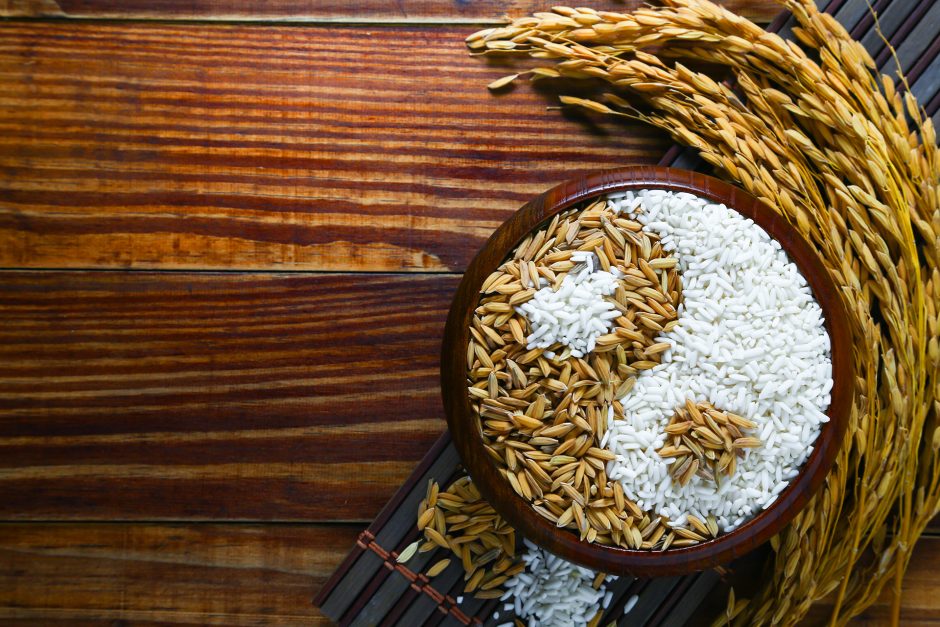Perk Up with 6 Tasteful Malaysian Drinks
Lighten your mood and rejuvenate your senses with 6 must-try Malaysian drinks!
Discover the authentic in Asian cuisine food

Besides accentuating the natural flavours of ingredients through sauces, condiments and cooking techniques, Chinese cuisine also emphasizes the harmony of ‘cooling’ and ‘warming’ foods to provide the right balance of nutrition and energy that ensures general wellness. Every meal should satisfy your taste-buds, fill your belly, and help maintain good health for the whole family.
This philosophy is derived from Taoism, and is deeply ingrained in Chinese culture for thousands of years; and has also influenced Korean and Vietnamese cuisines as well. It is the belief that all things contain Yin and Yang energies and through the congruence of this duality that we may achieve true harmony in our lives, as well as ensure the wellbeing of our bodies.
You’ve probably seen the round black & white symbol before. Yin is associated with the feminine, softness, and cooling energy, represented by the ‘dark’ half. Whereas the ‘bright’ half symbolizes the masculine, warmth, and strength. Neither is actually positive nor negative but embodies the dual aspects of the universe. Nothing is purely Yin nor Yang, just that some are primary one more than the other.
Yin or ‘cooling’ foods tend to be bitter, sour or salty, contain more moisture, and come in cool-toned colours such as green and purple. Fish, cucumber, leafy greens, lemongrass, tofu, lotus and soy sauce are some examples.
Yang or ‘warming’ foods are dry, sweet, spicy or pungent, usually grown closer to the soil, and in warm-toned colours like red, yellow, brown and orange. Examples include meat, potatoes, papaya, chillies, galangal and ginger.
Cooking methods have Yin and Yang properties as well: stir-fry, deep-fry, roasting and grilling are considered ‘Yang’ while steaming and boiling are ‘Yin’.
With all that in mind, you can probably guess that Chinese food habits also correspond to the seasons – ‘Yin’ foods to cool off in the hot summer, and ‘Yang’ foods to warm up in the winter. When you’re down with the common cold, it is best to consume more ‘warming’ Yang foods to balance the excess of Yin energy in your body. Too much heat can cause dry lips and pimples, and eating more ‘cooling’ Yin foods can help alleviate such conditions.
As mentioned, authentic Chinese dishes incorporate both Yin and Yang ingredients to achieve the balance of various flavours. Meat dishes are always accompanied with veggies; soups and broths are usually garnished with spring onions or scallions, and spicy delicacies are often complemented with cooling greens. Also, like most Asians, Chinese people love to dine together with their families – a table full of multiple dishes that include rice or noodles, vegetables, meat or fish, and a steamy, hearty bowl of soup or broth for everyone to savour.
So, plan your next meal with the philosophy of Yin and Yang for more wholesome, hearty enjoyment. Check out our extensive list of family recipes here.

Lighten your mood and rejuvenate your senses with 6 must-try Malaysian drinks!

Pair your hearty barbecues with these refreshing Asian delights!

What are the properties of ginger, and how to pick, store and use ginger in your cooking? Find out here!